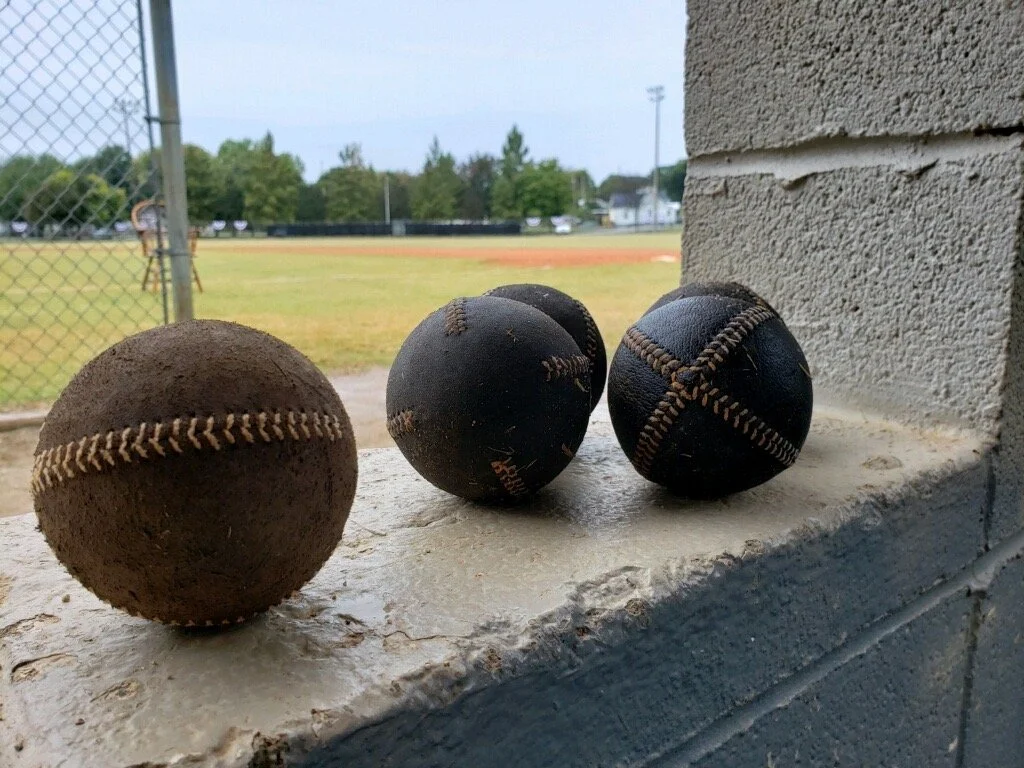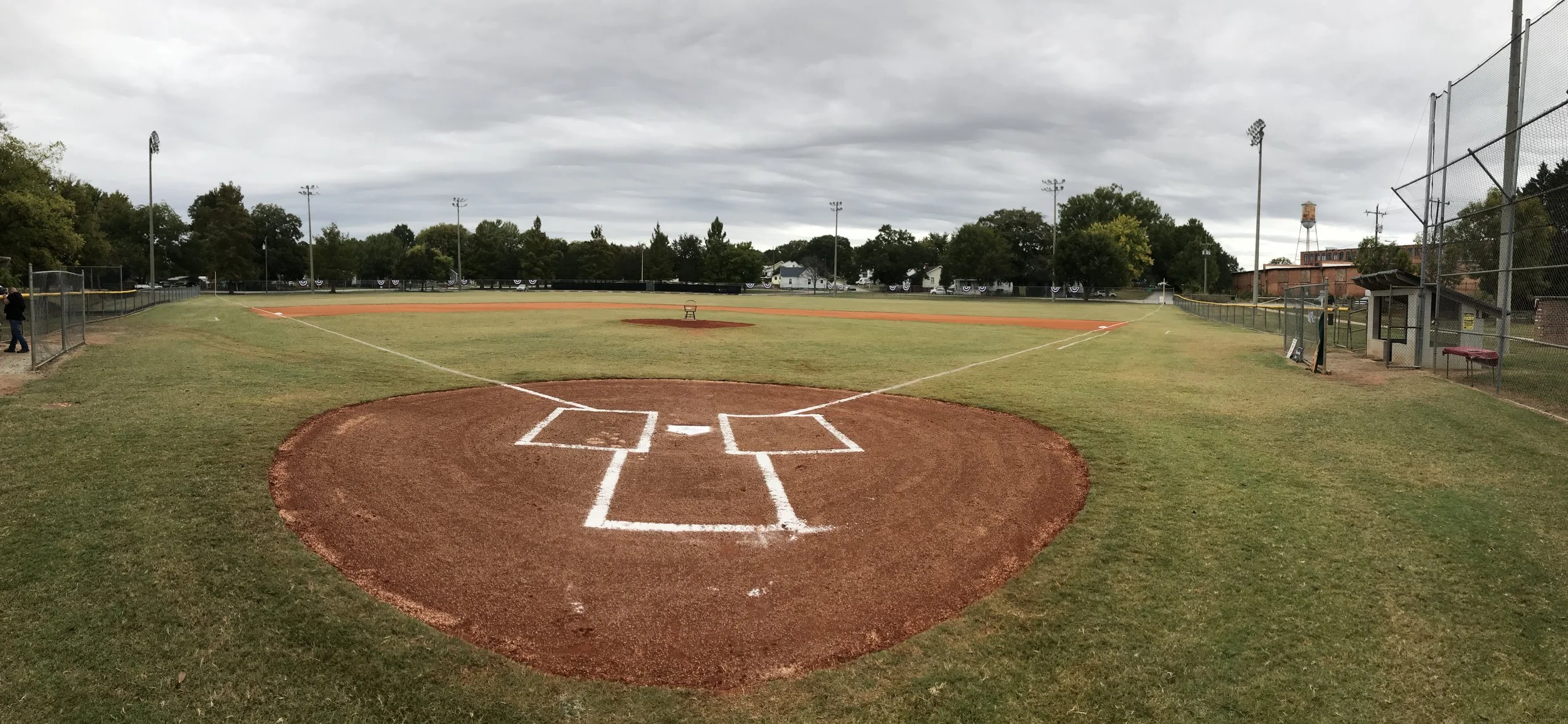Vintage Base Ball Rules & Terms
1860s Vintage Base Ball
Vintage Base Ball is baseball played by rules and customs from an earlier period in the sport's history. The game's name is typically written "base ball" rather than "baseball," as that was the spelling used before the 1880s. The ball of the 1860s was a bit larger, heavier and softer than the modern baseball. It is often referred to as a “lemon peel” ball.
Below are the basic rules for Vintage Base Ball that we typically follow, and some of the unique terminology.
There Shall Be:
No bunting, sliding or running out of the base path;
No uncivil language, spitting, alcohol consumption, chewing of tobacco, wagering;
The ball is delivered underhand in a shallow arc to allow good striking.
Fielders play the following positions until the hurled ball has crossed home:
1st, 2nd, and 3rd basemen play on or within one foot of their respective bags;
Short scout (shortstop) can position himself anywhere on the playing field;
Behind (catcher) plays not more than 45 feet behind home base;
Left, middle and right scouts (outfielders) play in the middle of their respective outfields.
A striker (batter) is dead (out) when:
A batted ball is caught on the fly, whether it is in fair or foul territory;
A batted ball is caught on one bound (bounce), fair or foul;
Three hurled balls are swung at and missed.
photo by Matt Rumpfeldt
A base runner is dead (out) when:
Forced out at base;
Tagged out;
Runs three feet or more out of the base path.
Pictured here are the replica lemon peel base balls we use for the vintage games. This photo was taken by Matt Rumpfeldt.
Other Rules:
Foul ticks (balls) are not considered strikes;
When fielding, the ball must be caught with the HANDS - gloves, hats, or other items may not be used;
Batters cannot wear cleats and catcher cannot wear protective equipment or use a mitt;
The Judge's (umpire's) determination if a batted ball is fair or foul is made by where the ball first hits the ground;
A base runner may advance at his own risk when a batted ball is caught on one bound (bounce), but must return to base on those caught in the air;
All disputes are arbitrated by the team captains and the Judge (umpire). A Judge's decision is final. The Judge is always to be treated in a respectful manner.
Vintage Terminology
Huzzah! … Hooray!
Club Nine … Team
Match … Game
Ballist … Player
Cranks … Fans/Spectators
Judge … Umpire
Hurler … Pitcher
Behind … Catcher
Tallykeeper … Scorekeeper
Horsehide/Onion … Ball
Willow … Bat
Striker … Hitter/Batter
Striker to the Line … Batter Up!
Dish … Home Plate
Four Baser … Home Run
Ace/Tally … Run
Hurl … Throw/Pitch
Foul Tick … Foul Ball
Player Dead … Out
Muff … To Commit An Error
Leg It … Run to a Base
Show a Little Ginger … Play Harder
Stir Your Stumps … Run Fast/Hustle
Other ways to play:
There are multiple ways to play Vintage Base Ball. Over the course of our games against the Ty Cobb Museum, we adapted the rules to make the games fun to play in, exciting to watch, and to move them along quickly to keep everyone interested and entertained. Here are a couple other examples of ways to play, if you’re thinking of trying for youself:
VBBF Rules - from the Vintage Base Ball Factory website






